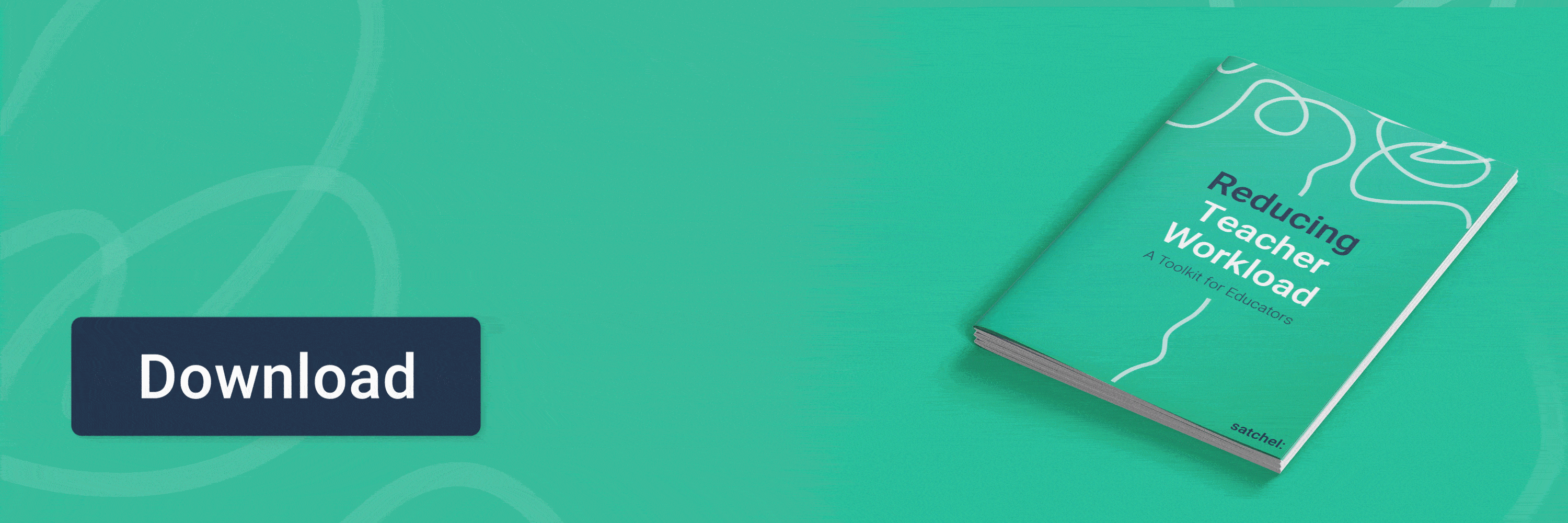Author: Nicola Jones-Ford
Posted: 01 Nov 2019
Estimated time to read: 5 mins
What is ASD?
Autism spectrum disorder (ASD) is a broad term that incorporates aspergers, austistic tendencies and atypical autism. Two students both diagnosed with ASD can exhibit very different behaviours within your classroom, ASD is a group of disorders related to differences in patterns of communication and social interaction along with a restricted range of interests and activities. ASD is a very individual condition that affects each person differently although there are common strands of behaviours which may look similar.
Currently, research estimates that 1 in 100 people in the UK have ASD, as research trends suggest that number will rise, as more students are diagnosed with ASD in schools every year. As well as an upward trend in diagnosis, research also shows that more male students are diagnosed with the condition than female students.
What causes ASD?
Cases of ASD can run in families which leads the majority of researchers to believe that genes inherited from parents could make children more likely to develop ASD, however there have been no identified specific genes linked with the disorder thus far.
Some researchers believe that someone born with a genetic vulnerability to ASD only develops the condition if they are exposed to a specific environmental trigger, these include being born premature, alcohol or specific drugs exposure in the womb. However,research has found no conclusive evidence that pollution or maternal infections are factors that can trigger ASD.
How to identify ASD in students?
Due to the nature of a spectrum of disorders and with ASD being very individualised to each student there is not a checklist of behaviours that every student with ASD exhibits. Students with ASD are likely to have difficulty with social communication, social interaction and sensory processing, making it difficult to partake in some regular classroom tasks.
Students with ASD may…
- Be highly knowledgeable in very narrow areas of interest, possibly transport, space, lego, dinosaurs etc.
- Find it difficult to make and/or keep friends
- Avoid eye contact/not register that eye contact is needed in a conversation or stare
- Be very repetitive in their actions, speech patterns, behaviours
- Find a change in usual routine extremely upsetting
- Like to do things exactly the same way every time they do it
- Take things said to them very literally
- Have difficulty regulating their emotions
- Be non verbal
- Find it very difficult to be in places where there is too much noise, too many visuals, too much light, strong smells or too sensory stimulating
- Like their own company and choose to be on their own
- Be rude in conversation as they have little understanding of social niceties or empathy
- Struggle with working with other students in groups

5 ways to support students with ASD in the classroom:
- Create structure and routines
By having a predictable structure in your lesson , it helps students with ASD to feel that they know exactly what is going to happen next and reduces their anxiety levels. If changes in the ‘normal’ lesson structure are expected, for a student with ASD having advanced warning of this supports them well.
- Be mindful of sensory triggers
The smallest sensory trigger can be a major distraction for a student with ASD to the point where they are unable to focus at all on their learning. Obviously, it is impossible to eradicate all sensory triggers but by being mindful of the distractions they can cause, teachers can greatly reduce the support needed for ASD students to manage work more effectively. .
- Set interactive tasks
Paired and group work tasks could be difficult to participate in for a student with ASD as their interaction skills are not well developed. Supporting other students in the class to understand the different needs of students with ASD helps create supportive interactions for all students. Having the option to complete the task without the need for interaction may be a reasonable adjustment.
- Use clear, simple language
Language needs to be simple, concrete and clear to support a student with ASD. Using language that could be ambiguous can cause confusion and heighten the student’s anxiety levels, which does not help them progress with their learning.
- Use more visuals
Scaffolding learning presentations, instructions and homework tasks with visuals support students with ASD and give them increased access to the curriculum. This gives them more ways to help with the comprehension of the lesson content or the tasks they are being asked to do.
Up to 1 in 100 people in the UK have ASD
Where can I find further support for students with ASD?
ASD requires a medical diagnosis carried out by a specialist within pediatric services or mental health. Currently in the UK an ASD assessment can take up to two years from request for assessment to diagnosis. By talking with other teachers who also teach the student with ASD there may be hints and tips that can be shared across the school which will help provide a consistent approach for the student,and in turn will help reduce their anxiety levels.
As a teacher if you are concerned about a student talk to the school’s SEND team who will be able to support you with further information, relevant training, individual specific hints/tips and additional ways in which to support the student further if assessment is necessary.


